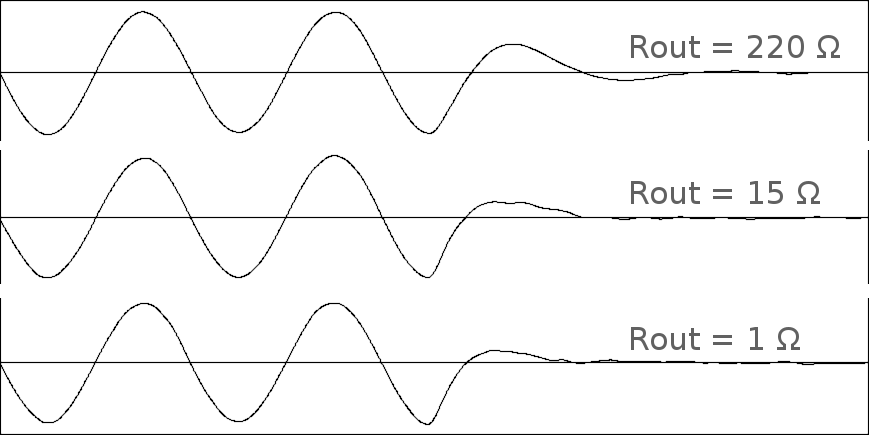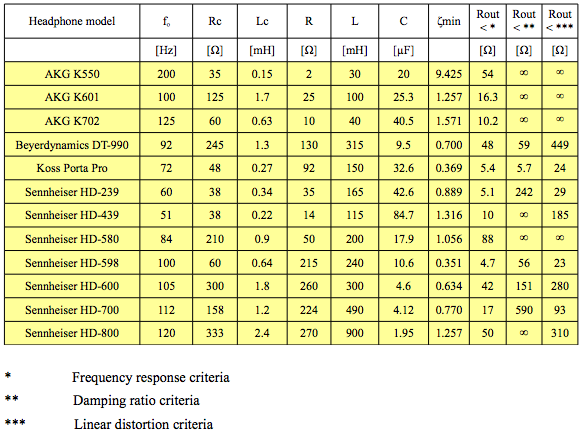castleofargh
Sound Science Forum Moderator
- Joined
- Jul 2, 2011
- Posts
- 10,962
- Likes
- 6,788
mechanical parts do impact the electrical behavior too. the impedance changes if we add physical damping, which would in turn require to rethink the RLC model. so I have no idea if the electrical model can fully simulate the actual headphone(and it's an interesting question if anybody knows?), but it's fair to say that there is a strong link and that the electrical model is indicative of some mechanical behavior.
then each headphone can be different, some headphones clearly have a mainly resistive behavior, while other designs don't. which makes it even more obvious that the ideal damping solution needs to be adjusted to the headphone. at least for those who care about ideals.
I was under the impression that increased damping would minimize resonance, did I get that wrong? are there situation where that's not how it works?
about the impact of high Z amp output, it obviously will depend on the relative value of the headphone's impedance, and how the amp itself deals with a given load. but I've experienced cases where adding 100ohm in series didn't seem to alter the sound audibly (aside from volume level), so that makes me think that poor damping ratio alone doesn't have to be a big deal(with everything else being clean and stable, no weird amp design, no protective caps, no disto from matching the volume...). despite that, I'm still of the opinion that following impedance bridging is generally the best choice for the amp, for the headphone, and for general stability.
then each headphone can be different, some headphones clearly have a mainly resistive behavior, while other designs don't. which makes it even more obvious that the ideal damping solution needs to be adjusted to the headphone. at least for those who care about ideals.
I was under the impression that increased damping would minimize resonance, did I get that wrong? are there situation where that's not how it works?
about the impact of high Z amp output, it obviously will depend on the relative value of the headphone's impedance, and how the amp itself deals with a given load. but I've experienced cases where adding 100ohm in series didn't seem to alter the sound audibly (aside from volume level), so that makes me think that poor damping ratio alone doesn't have to be a big deal(with everything else being clean and stable, no weird amp design, no protective caps, no disto from matching the volume...). despite that, I'm still of the opinion that following impedance bridging is generally the best choice for the amp, for the headphone, and for general stability.

















